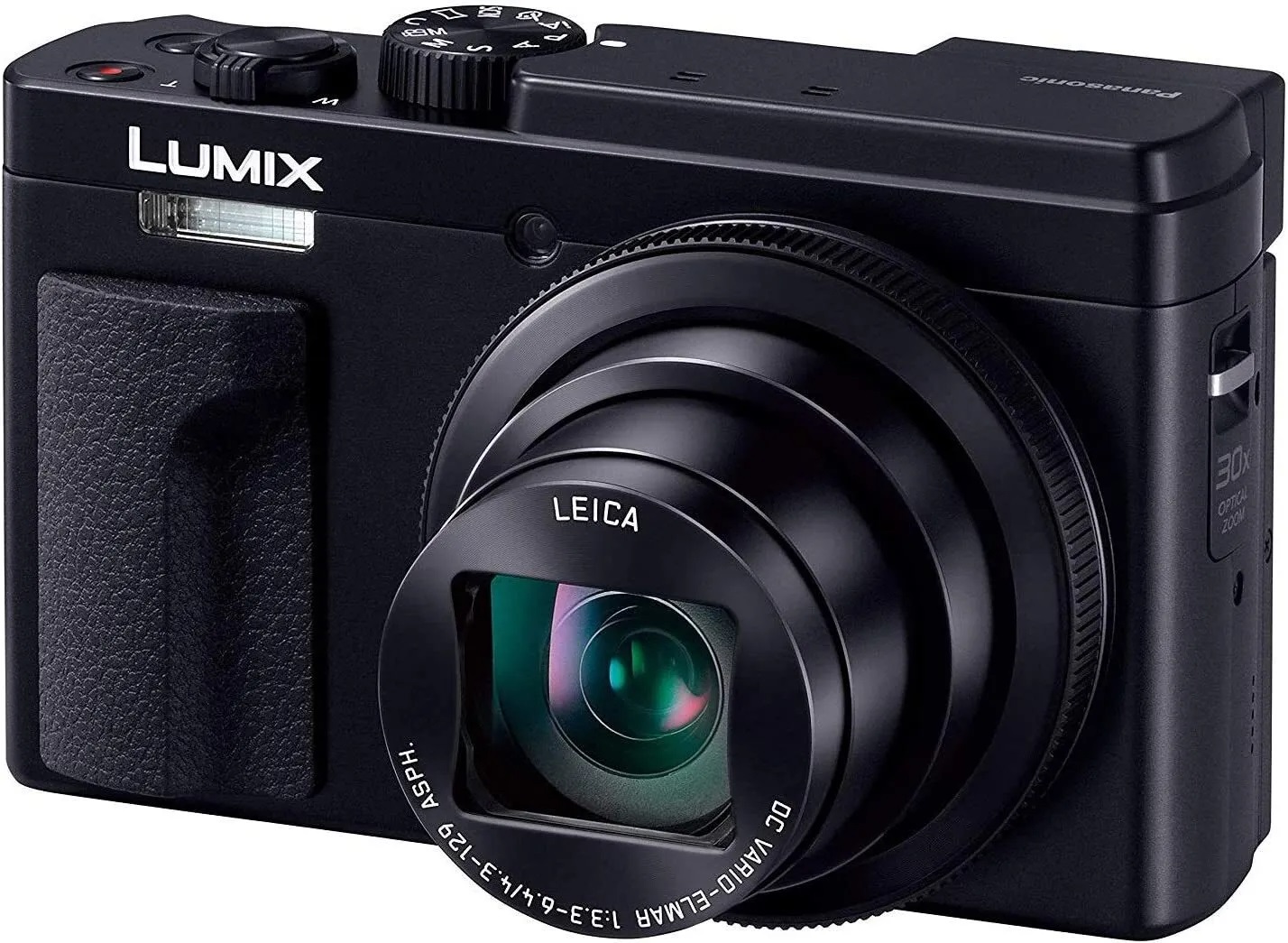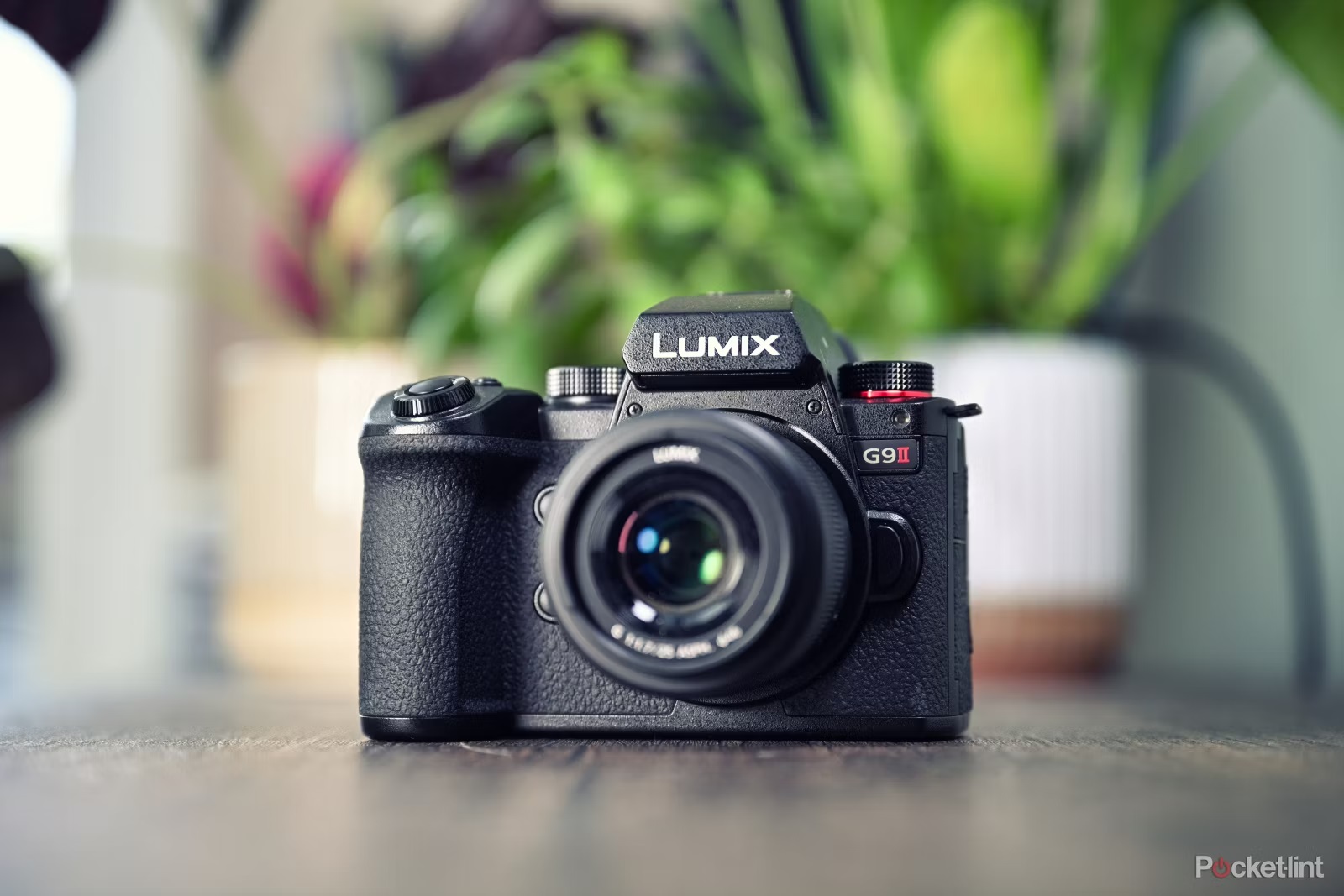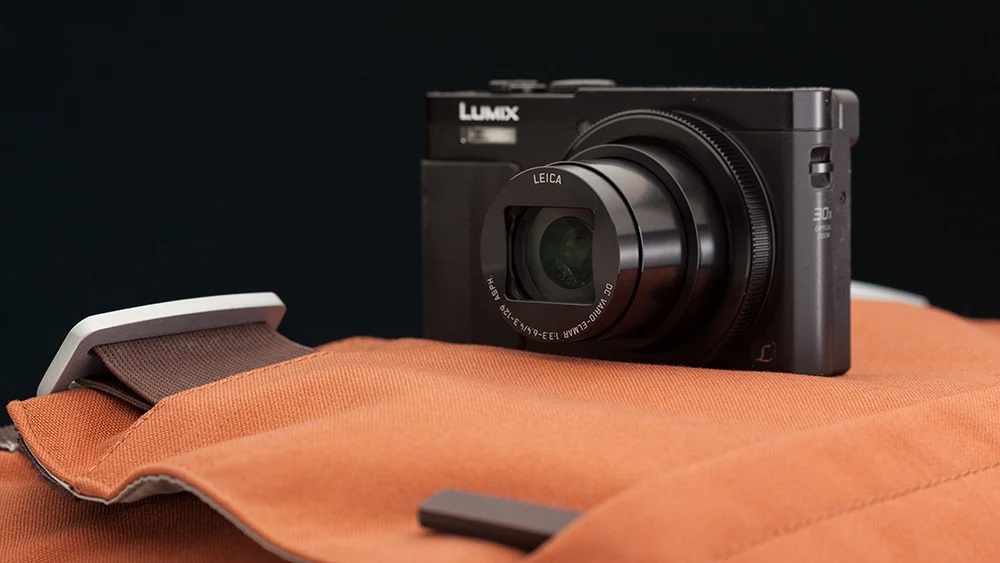Panasonic cameras are widely recognized for their reliability and advanced features. However, as with any electronic device, they might occasionally encounter problems, such as issues with focusing, battery life, or other malfunctions. This article aims to offer practical solutions to common Panasonic camera problems, guiding you through basic troubleshooting and repair processes. Whether you’re dealing with a minor glitch or a major malfunction, these tips can help restore your camera’s functionality and get you back to capturing memorable moments with minimal downtime.
Troubleshooting Focus Problems
Calibration and Manual Adjustments
One of the most frequent issues with Panasonic cameras is a malfunctioning autofocus system. If your photos are consistently blurry or the camera is unable to focus, start by checking the autofocus settings in the camera menu and ensure it is set to the appropriate focusing mode. Cleaning the lens might also resolve the issue, as dirt or smudges can interfere with the camera’s ability to focus. If problems persist, consider switching to manual focus to check whether the autofocus motor is the issue.
Firmware Updates and Resets
Sometimes, a camera’s software becomes the source of the problem. Check if there’s a firmware update available for your specific Panasonic camera model. Updates can address known bugs, including focus issues. If updating firmware doesn’t solve the problem, try performing a factory reset on your camera. Keep in mind that this will erase all customized settings, so back up any essential data before proceeding.

Managing Battery and Power Issues
Charging and Battery Maintenance
Poor battery performance can be frustrating for any photographer. First, verify that the battery is properly inserted and that the contacts are clean. If a battery refuses to charge, it might be at the end of its lifecycle. In this situation, replacing the battery with a new one approved by Panasonic might be necessary. To prolong battery life, avoid exposing the battery to extreme temperatures and fully cycle the battery (from full charge to discharge) periodically.
Power Connection and Circuitry Check
If the camera won’t turn on at all, inspect the power connection and charging cable for any visible damage or loose connections. A failure here may require a professional repair. For issues that aren’t related to the external power source, the problem could lie within the camera’s internal circuitry, which could be more complex to address and likely require servicing by a qualified technician.

Addressing Display and Function Button Failures
Screen Display Troubleshooting
When the camera’s display screen isn’t working, check the brightness settings and make sure the display mode is correctly set. If the screen is physically damaged, such as cracked or shattered, you’ll likely need to have it replaced by a professional. For unresponsive or erratic screens with no visible damage, a simple restart could work, as it can clear minor software glitches that may cause the issue.
Resolving Button Malfunctions
Function buttons that don’t respond could be hampered by dirt or grime buildup. Gently clean around the buttons with a soft, dry cloth to remove any debris. If the buttons still don’t work, refrain from applying excessive force which could cause further damage. In some cases, unresponsive buttons may indicate an internal connection issue, necessitating professional repair.

Seeking Professional Repair Services
When to Consult a Repair Center
If DIY fixes and troubleshooting steps fail to resolve your camera’s issues, it’s time to contact a professional repair center. Always choose a service center authorized by Panasonic to ensure that genuine parts are used and your camera warranty remains valid. Keep in mind that attempting complex repairs on your own can risk voiding the warranty or causing additional harm to the camera.
Understanding Costs and Warranty Terms
Before committing to a repair, ask for a cost estimate and compare it against the price of a replacement camera, especially if your camera is an older model. Evaluate the warranty terms of your camera as it may cover some or all of the repair cost if the issue is due to a manufacturing defect. Don’t hesitate to inquire about the warranty on the repair work itself, which can provide you with added assurance on the service provided.

Maximizing Camera Lifespan
Regular Care and Maintenance
To prevent common issues, regularly clean and maintain your Panasonic camera. Keep the lens clean using a lens cleaning solution and a microfiber cloth. Dust and debris can interfere with camera functions, so use a blower brush to remove particles from the body and buttons. Store your camera in a dry, cool place and protect it with a dedicated camera bag when not in use. Regular care can prevent many problems that lead to repairs.
Firmware Updates and Regular Check-ups
Keep your camera’s firmware up-to-date to ensure that it operates efficiently. Manufacturers often release updates that improve performance and fix known issues. Additionally, consider taking your camera to a professional for a check-up once a year. This can help catch problems early, reduce the chances of unexpected failures, and extend the overall life of your camera.

Learning from Repair Experiences
Document and Understand Repairs
When you encounter problems that require repair, document the process. Take note of any error messages, steps you’ve taken to resolve the issue, and the outcome of any professional repairs. Understanding what went wrong and how to fix it can offer valuable insights for future maintenance and care, potentially preventing similar issues from recurring.
Sharing your repair experiences with other Panasonic camera users can be incredibly helpful. Write about it on photography forums, or simply talk with friends who use similar equipment. Your experience could save someone else the hassle and expense of a repair, and you may learn from the shared experiences of others.
Repairing a Panasonic camera effectively involves a comprehensive approach—inspection, troubleshooting, and if needed, professional intervention. By addressing focus issues, battery problems, display glitches, and button malfunctions, you can often find a solution without the need for a repair center. However, understanding when to seek professional help is part of responsible camera ownership. Following these tips will help ensure that your Panasonic camera continues to capture high-quality images and serve you well into the future.
